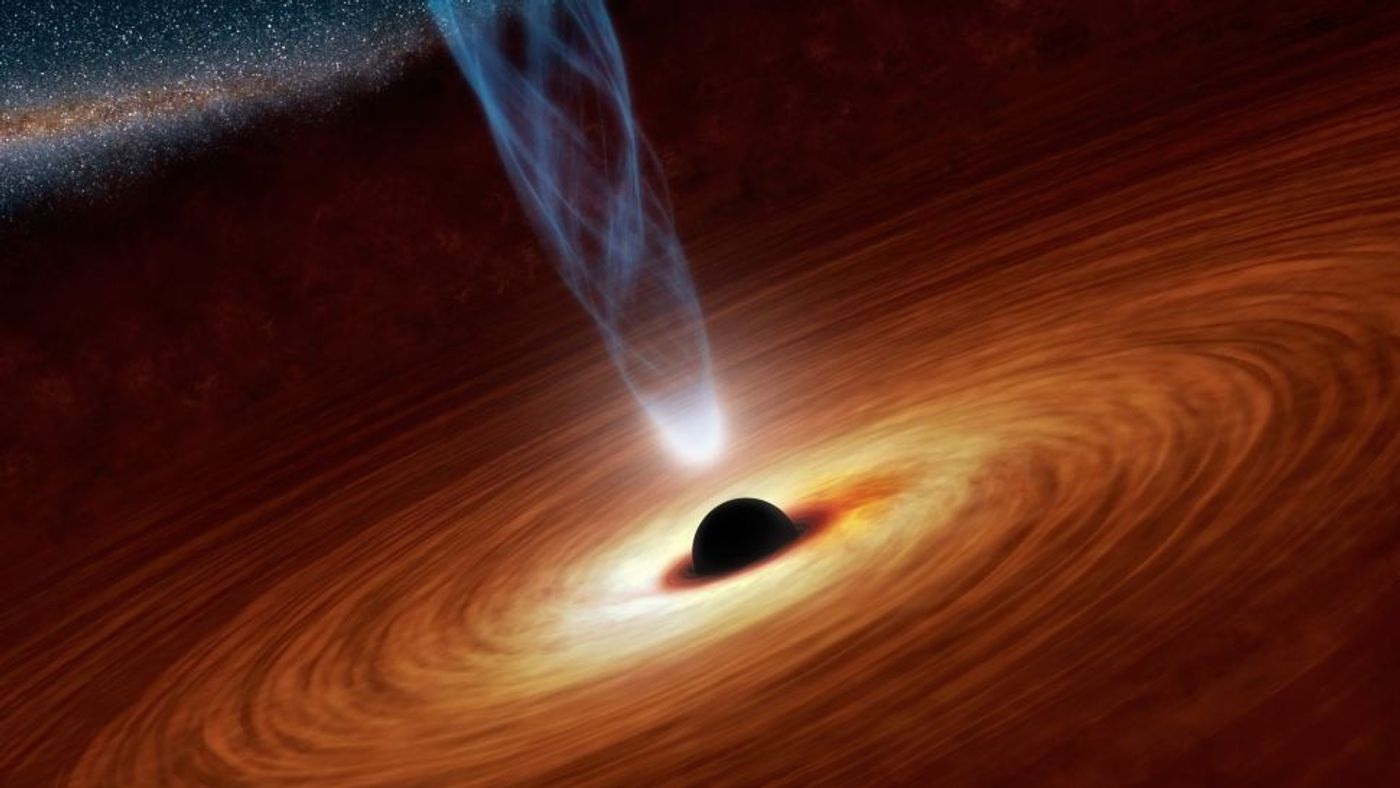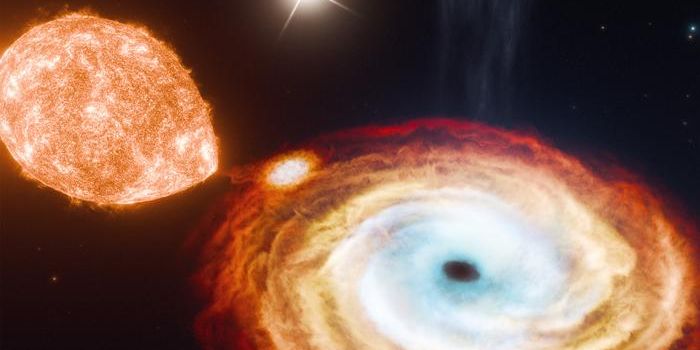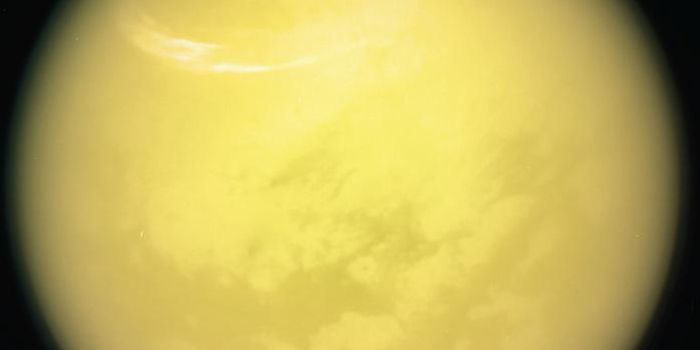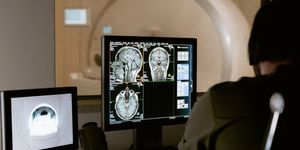A 'dark' free-floating black hole might have been detected
Who doesn’t love black holes? From time immemorial, everyone has wanted to know what happens if you fall into a black hole. While no one knows for certain (yet), the term “spaghettification” is the current hypothesis as to what would happen to your feeble human body if you bravely decided to leap into the greatest void in space. Black holes are known as the most destructive force in the universe. But with destruction comes creation, and it’s currently hypothesized that black holes are responsible, and even necessary, for the creation of galaxies. Black holes are scary because if one were to get close enough to our solar system, it would rip apart not only our own Sun but everything else. Black holes are literal void in space and are impossible to see, and as are only visible when they are in the midst of literally devouring another star and the light that is being sucked into the black hole allows us to “see” the black hole. But science exists to discover extraordinary things.
In two studies recently accepted to the Astrophysical Journal (ApJ) and Astrophysical Journal Letters (ApJ Letters), scientists might have discovered the first free-floating black hole through a technique known as gravitational microlensing. This technique involves observing the brightening of a more distant star as its light is distorted by an object's strong gravitational field traveling in front of it, no matter the distance. The ApJ Letters study was led by graduate student Casey Lam and Jessica Lu, a UC Berkeley associate professor of astronomy, who estimates that the mass of the invisible compact object is between 1.6 and 4.4 times that of the sun. Because astronomers think that the leftover remnant of a dead star must be heavier than 2.2 solar masses in order to collapse to a black hole, the UC Berkeley researchers caution that the object could be a neutron star instead of a black hole. Neutron stars are also dense, highly compact objects, but their gravity is balanced by internal neutron pressure, which prevents further collapse to a black hole.
"This is the first free-floating black hole or neutron star discovered with gravitational microlensing," Lu said. "With microlensing, we're able to probe these lonely, compact objects and weigh them. I think we have opened a new window onto these dark objects, which can't be seen any other way."
Notably, a competing team from the Space Telescope Science Institute (STScI) in Baltimore led by Kailash Sahu and whose study was accepted in ApJ analyzed the same microlensing event and claims that the mass of the compact object is closer to 7.1 solar masses and indisputably a black hole.
Both teams used the same data: photometric measurements of the distant star's brightening as its light was distorted or "lensed" by the super-compact object, and astrometric measurements of the shifting of the distant star's location in the sky as a result of the gravitational distortion by the lensing object. The photometric data came from two microlensing surveys: the Optical Gravitational Lensing Experiment (OGLE), which employs a 1.3-meter telescope in Chile operated by Warsaw University, and the Microlensing Observations in Astrophysics (MOA) experiment, which is mounted on a 1.8-meter telescope in New Zealand operated by Osaka University. The astrometric data came from NASA's Hubble Space Telescope. STScI manages the science program for the telescope and conducts its science operations.
Because both microlensing surveys caught the same object, it has two names: MOA-2011-BLG-191 and OGLE-2011-BLG-0462, or OB110462, for short.
While surveys like these discover about 2,000 stars brightened by microlensing each year in the Milky Way galaxy, the addition of astrometric data is what allowed the two teams to determine the mass of the compact object and its distance from Earth. The UC Berkeley-led team estimated that it lies between 2,280 and 6,260 light years (700-1920 parsecs) away, in the direction of the center of the Milky Way Galaxy and near the large bulge that surrounds the galaxy's central massive black hole.
The STScI group estimated that it lies about 5,153 light years (1,580 parsecs) away.
OB110462 was confirmed to be either a black hole or neutron star from looking at astrometric data from Hubble. Lu and Lam suspect that the differing conclusions of the two teams are due to the fact that the astrometric and photometric data give different measures of the relative motions of the foreground and background objects. The astrometric analysis also differs between the two teams. The UC Berkeley-led team argues that it is not yet possible to distinguish whether the object is a black hole or a neutron star, but they hope to resolve the discrepancy with more Hubble data and improved analysis in the future.
Is it a black hole or not? Only time will tell, and this is why we science!
As always, keep doing science & keep looking up!
Sources: BBC Earth, HumaNature, Astrophysical Journal, Astrophysical Journal Letters









